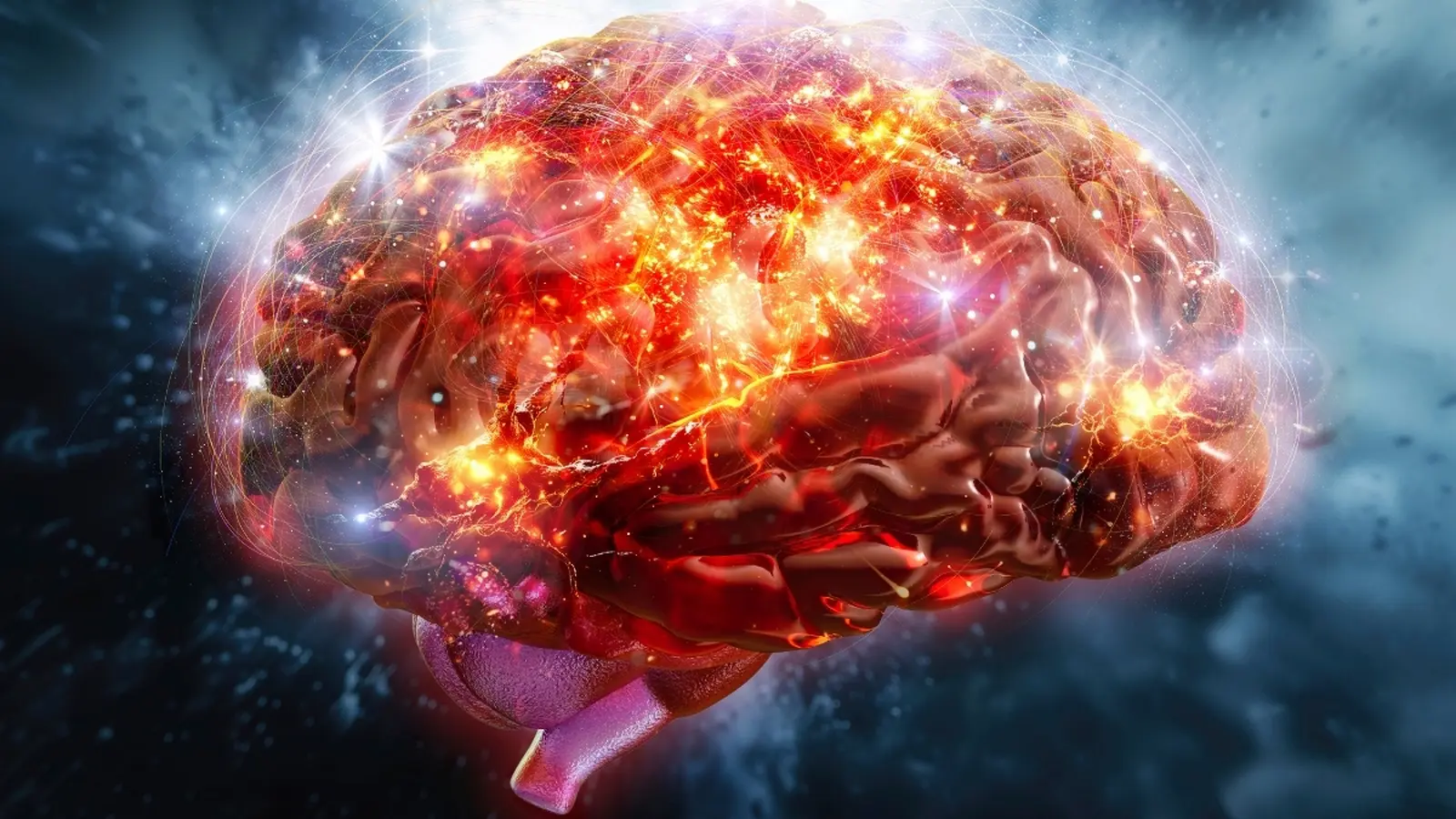6 Minutes
Every November, Black Friday bursts onto the calendar with flashy deals, timers, and warnings that items are running out. But beyond the discounts lies a carefully engineered psychological event that takes advantage of how our brains evaluate choices. Understanding that science helps you spot when urgency and scarcity are steering you toward impulse purchases.
How time pressure changes the way we decide
When you weigh whether to buy a new TV, your brain collects bits of evidence: price, specs, reviews, and whether the upgrade is worth it. Cognitive neuroscience describes this as an evidence-accumulation process — the brain adds information until it reaches a threshold and then commits to a decision. That threshold isn’t fixed.
Under normal conditions you gather more information for important choices. But trigger a sense of urgency and your brain lowers the threshold: you decide faster with less evidence. This trade-off between speed and accuracy is well-known in psychology and is central to how Black Friday promotions work. Limited-time timers, one-day offers, and “flash sale” banners all mimic real time-critical threats and push the brain into quick-response mode.

Scarcity and social signals: boosting perceived value
Urgency is only one part of the story. Retailers also use scarcity cues — “Only 8 left,” “12 people have this in their cart,” or pop-ups that countdown stock — to create competition. Scarcity triggers a cognitive shortcut: if something seems rare or in high demand, your brain assigns it more value. This is sometimes called the scarcity heuristic.
Paired with social proof (seeing that other shoppers are interested), scarcity reduces the incentive to check deeper, more relevant information like warranty terms or product longevity. If a product might vanish, taking the time to read reviews feels risky. The result is faster, more error-prone buying decisions that prioritize avoiding loss — or missing out — over rational evaluation of utility.
What the science says about mistakes and shortcuts
The speed-accuracy trade-off means rapid choices are more likely to be suboptimal. When your threshold for decision-making is lowered, you also rely more on easily available cues: price tags, star ratings, or how many people are viewing an item. Those cues can be informative, but they are often noisy proxies for the most relevant factors like build quality, after-sale support, and long-term value.

Behavioral economics and cognitive psychology both show that artificial scarcity — signals designed by sellers rather than actual supply constraints — exploits neural systems that evolved to respond quickly to real threats. In return, retailers increase conversion rates and raise the average sale. You enjoy the thrill of getting a deal; the seller benefits from faster, larger purchases.
Practical tactics: how to regain control while shopping
Knowing the mechanisms behind urgency and scarcity gives you tools to resist them. Simple strategies can curb impulsive buys and help your brain revert to slower, more deliberative decision-making.
- Plan ahead: Make a list of what you truly need and research models, prices, and reviews before sales begin. Pre-shopping reduces the evidence you need during a timed promotion.
- Set a visible budget: Decide your maximum spend and keep it where you can see it while you shop. Financial limits counteract scarcity-driven urges.
- Pause and breathe: If a timer or stock alert spikes your heart rate, step away for a minute. A brief break reduces the rush to decide and allows your brain to recover its decision threshold.
- Ask the full-price question: Would you buy this at full price? If the answer is no, the discount may not justify the purchase.
Expert Insight
"Retail environments are increasingly designed to trigger fast, automatic responses in the brain," says Dr. Maya Singh, a cognitive neuroscientist specializing in decision-making at the University of Amsterdam. "Timers and scarcity cues leverage neural circuits that evolved for immediate threats — which is why shoppers often feel irrationally compelled to act. Simple pre-commitment strategies, like budgets and pre-research, shift the balance back toward deliberation and protect long-term interests."
Broader implications and future directions
These practices raise questions for consumer protection, interface design, and digital ethics. As retailers refine personalized scarcity and urgency cues using data and algorithms, the psychological pressure can become more targeted and potent. Regulators and platform designers will increasingly face decisions about transparency: should websites disclose when stock warnings are algorithmically generated? How can interfaces be designed to support informed choices rather than exploit cognitive shortcuts?
On the research side, neuroscientists are using computational models — like drift-diffusion models — to quantify how decision thresholds change under time pressure and social cues. That work helps predict which shoppers are most vulnerable to manipulative signals and which interventions (for instance, mandatory cooling-off periods or budgeting nudges) are most effective at restoring balanced decision-making.
Enjoying a sale is not wrong; but understanding the neuroscience behind urgency and scarcity helps you shop with intention. The next time a ticking timer flashes across your screen, you’ll know that your brain is being nudged — and you’ll be better equipped to decide whether that nudge is for you or for the seller.
Source: sciencealert
Comments
bioNix
Hmm is the scarcity often fake tho? Those stock popups feel staged, but also I panic and buy... need to try the pause trick, might actually work.


Leave a Comment